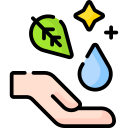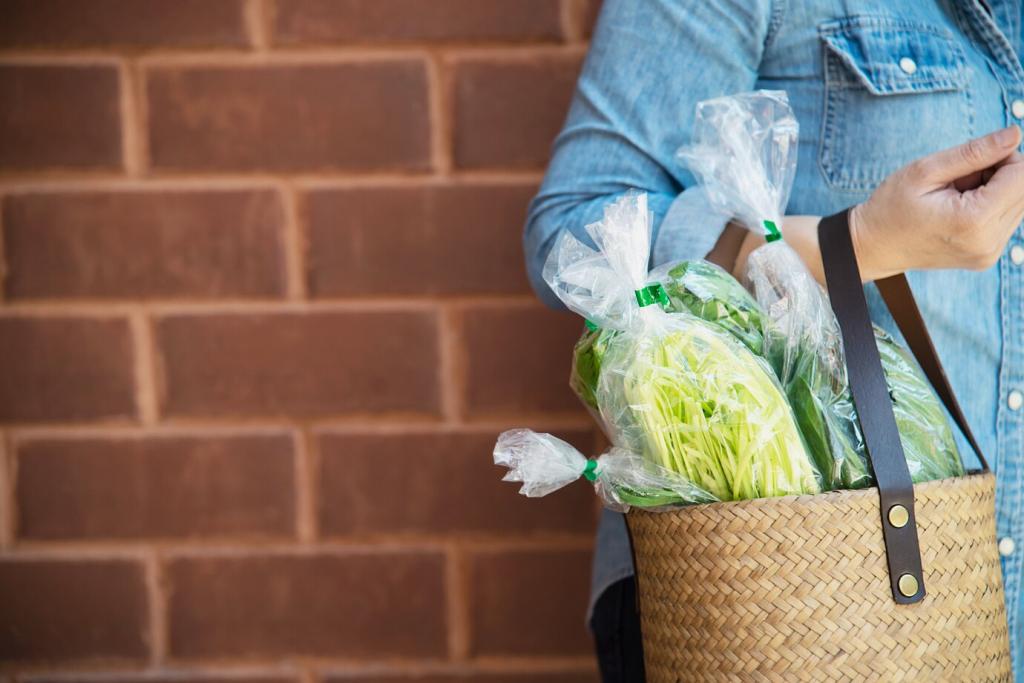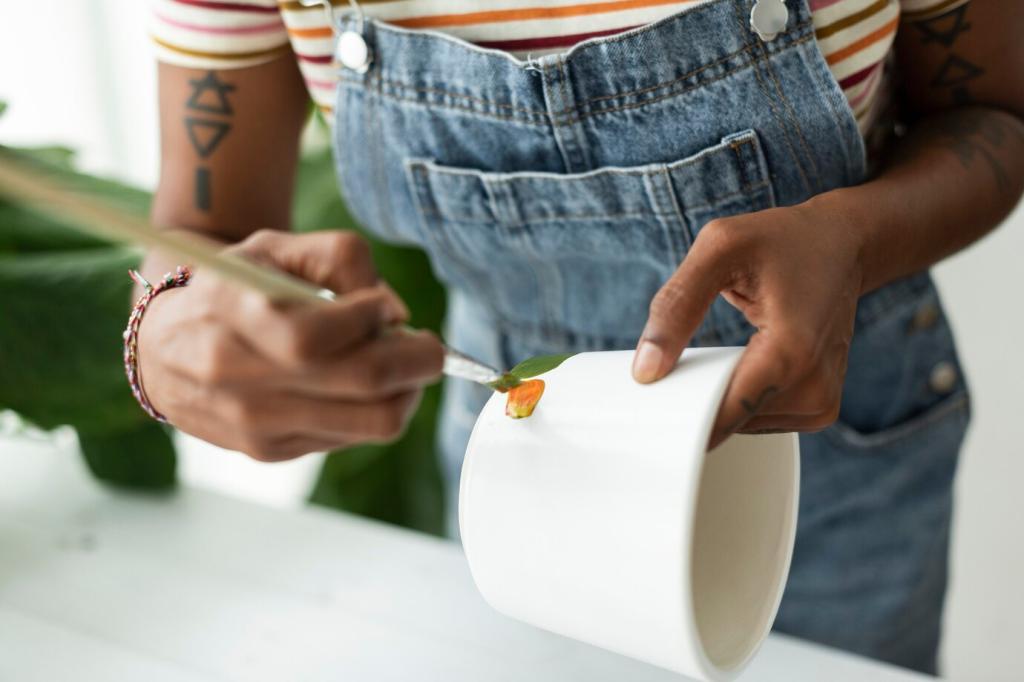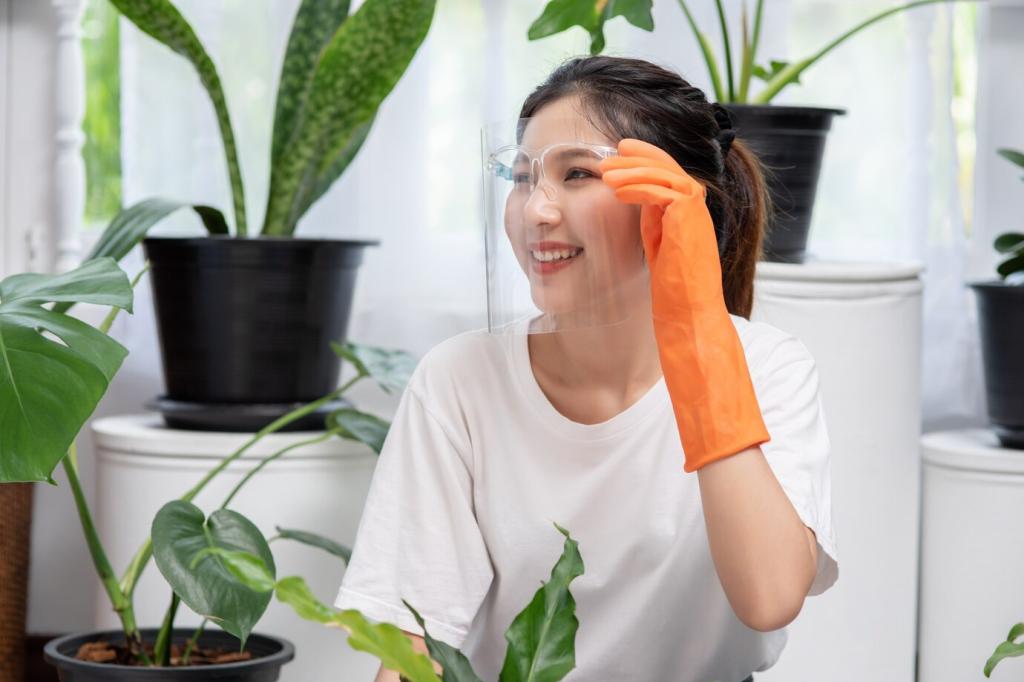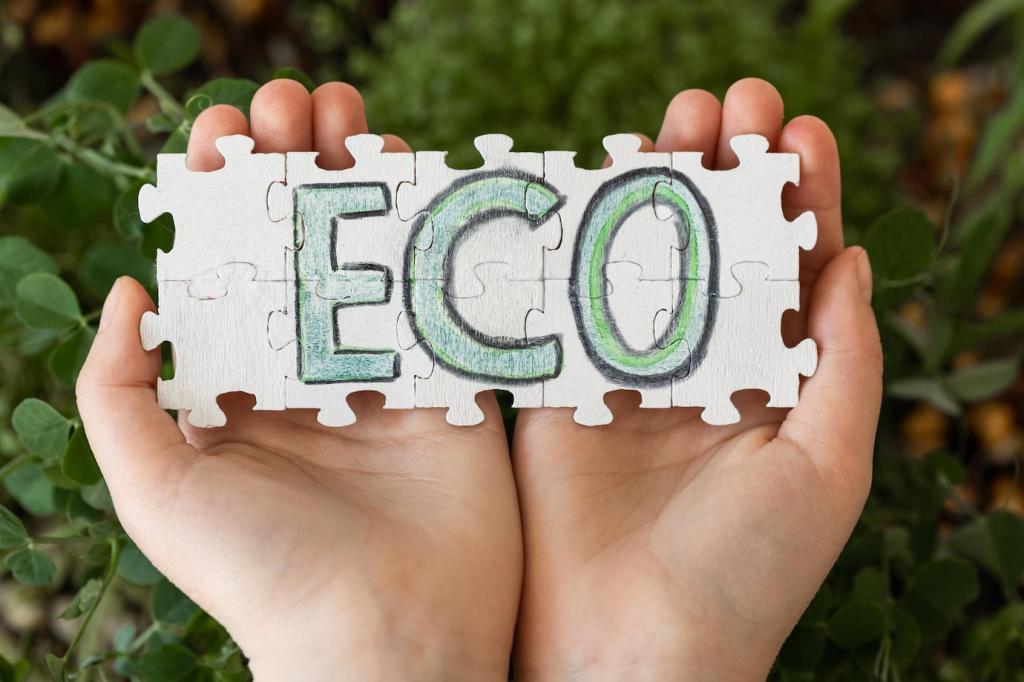Why Non-Toxic Care Matters
Many conventional cleaners leave residues that continue to off-gas, affecting indoor air quality. Non-toxic products reduce harsh fumes, protect finishes, and keep living rooms, bedrooms, and nurseries comfortable for everyone who curls up on that sofa.
Why Non-Toxic Care Matters
Non-toxic routines protect tiny hands and paws that touch, lick, and crawl across furniture. Imagine a toddler tapping your coffee table moments after you wipe it; choosing safer formulas means fewer worries and more relaxed, everyday moments.
